Body & Brain: Science news of the year, 2008
Science News writers and editors looked back at the past year's stories and selected a handful as the year's most interesting and important in Body & Brain. Follow hotlinks to the full, original stories.
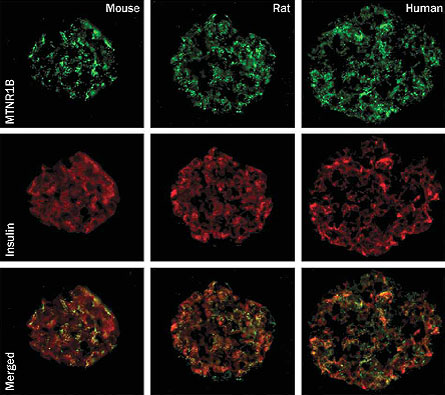
The sleep, diabetes link
Pancreatic cells have melatonin receptor
Scientists find a surprisingly clear connection between sleep and a healthy body: the regulation of sugar levels in the blood.
Three large genomic studies, all online December 7 in Nature Genetics, describe the first genetic link between sleep and type 2 diabetes, a disease marked by high blood sugar levels (SN: 1/3/09, p. 5). The research places bodily rhythms, including the clock that sets human sleep cycles, squarely in the blood sugar business.
Melatonin is a major regulator of the body’s sleep clock, best known for its sleep-inducing properties. People with a single-letter change in the gene encoding a molecule that senses melatonin are more likely to develop diabetes, the studies show. One of the studies also showed that the sensing molecule, known to be expressed in the brain, also sits on the outside of insulin-producing pancreatic cells.
The results identify the melatonin system as a “fascinating new target” for diabetes treatments, says endocrinologist Leif Groop of Lund University in Malmö, Sweden, who coauthored two of the new reports. These data link two trends in the United States — rising diabetes rates and falling sleep levels.
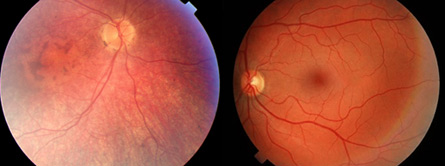
Blind may see Gene therapy restores limited vision in three people with an inherited form of blindness. Studies in mice indicate that other cells in the retina can take over for rod and cone cells (SN: 5/24/08, p. 8).
Early signal Before symptoms appear, inflammation-promoting genes become active in immune cells in the brains of people at risk of developing bipolar disorder (SN: 4/12/08, p. 228).
Scary malaria The parasite that causes malaria is showing signs of thwarting top-line drugs called artemisinins (SN: 11/22/08, p. 9). But new reports show evidence that a vaccine still in the testing stage halves a child’s risk of getting malaria (SN: 1/3/09, p. 15).
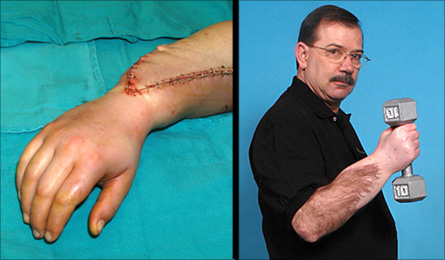
Same brain map Months after receiving a right-hand transplant, a man displays a partial sense of touch in the new hand, activating the same brain areas that would have controlled his original hand (SN: 11/8/08, p. 18).
A-beta on the brain Comatose patients make more amyloid-beta — a substance that forms characteristic plaques in the brains of Alzheimer’s patients — as the patients’ brains heal from injury (SN Online: 8/28/08).
Dopamine and zzzz’s The brain chemical dopamine builds up in some parts of the brain when sleep is lost (SN: 9/13/08, p. 11). Dopamine also aids in learning and memory, but too much of the chemical can hinder performance (SN: 8/30/08, p. 8).
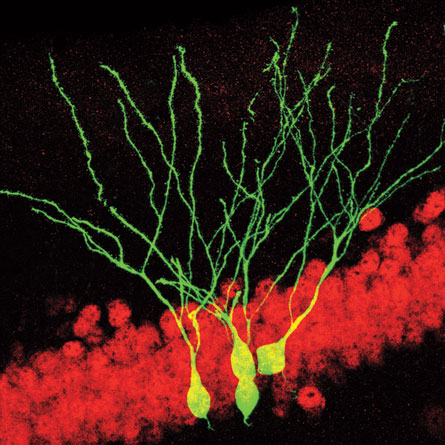
New neuron insights Newborn neurons (green, above) help mice build memories. Other research shows that antidepressants may help trigger neuron generation in the hippocampus (SN: 9/27/08, p. 5).
Glass a day Cell tests suggest that resveratrol, the substance that seems to account for the healthful effects of red wine, may have antiobesity effects (SN Online: 6/16/08). Other research muddies the idea that resveratrol can mimic the life-extending effects of a calorie-restricted diet, suggesting that the compound improves health but doesn’t necessarily lengthen life in humans. And it also may indirectly harm the brain (SN: 8/2/08, p. 14).
Statin ups and downs Older people taking cholesterol-lowering statin drugs seem less likely to develop dementia (SN Online: 7/28/08). A variant form of the gene SLCO1B1 may be responsible for muscle pain that statins sometimes cause (SN: 8/16/08, p. 9).
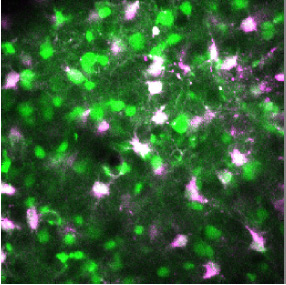
Rising stars Astrocytes, usually thought of as support cells, regulate blood flow in the brain and may aid neuron signaling (SN: 8/2/08, p. 5).
Foul play A natural genetic variation in a protein that processes testosterone could help some athletes beat drug tests and finger others for cheating even when they play it clean (SN: 3/29/08, p. 195).
Not benign Dutch researchers advise physicians to avoid prescribing probiotics to patients with pancreatitis after a study finds the treatment triples the death rate in treated patients (SN: 2/23/08, p. 115).
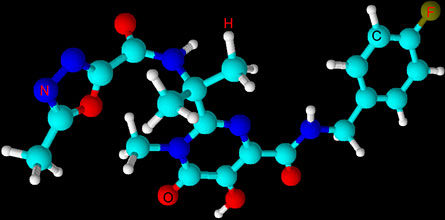
HIV updates Early HIV treatment can increase a patient’s survival chances (SN Online: 10/27/08). A new drug can, with other therapies, suppress the most drug-resistant strains of the virus (SN Online: 7/23/08). And clinics in Africa experience long lines for discounted or free male circumcision as word spreads that the operation provides partial protection against HIV (SN: 1/3/09, p. 14).
Out of sync Teenage female athletes’ temporary loss of menstrual periods coincides with a hormone imbalance. The find may help identify those people who are prone to developing the condition (SN: 7/19/08, p. 9).







